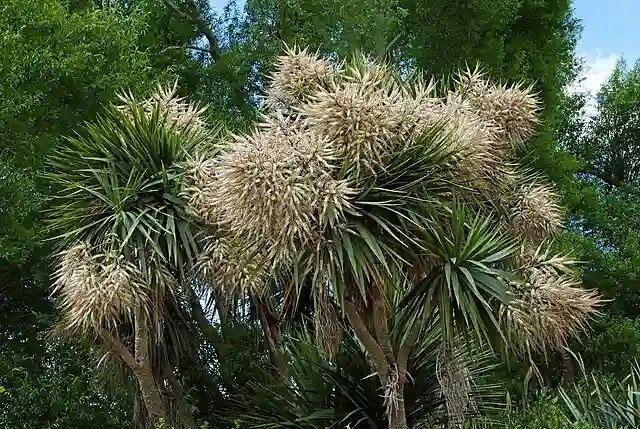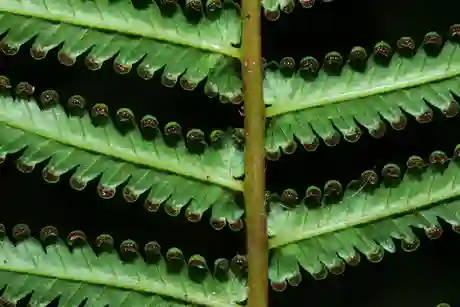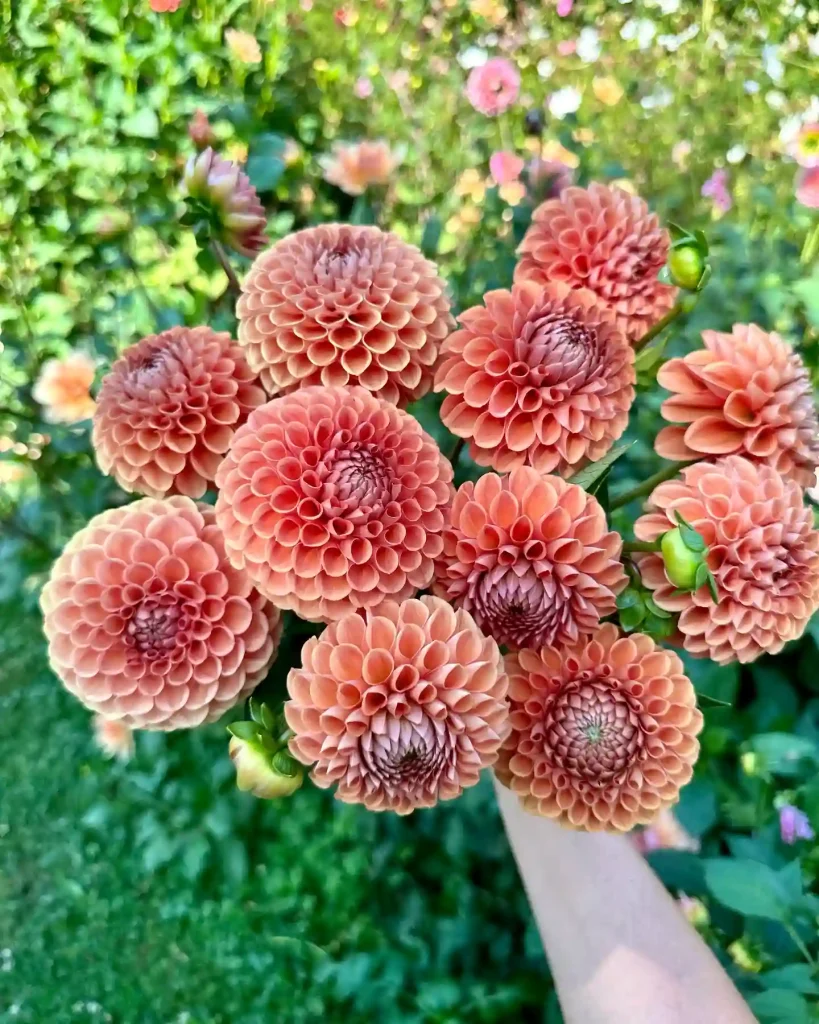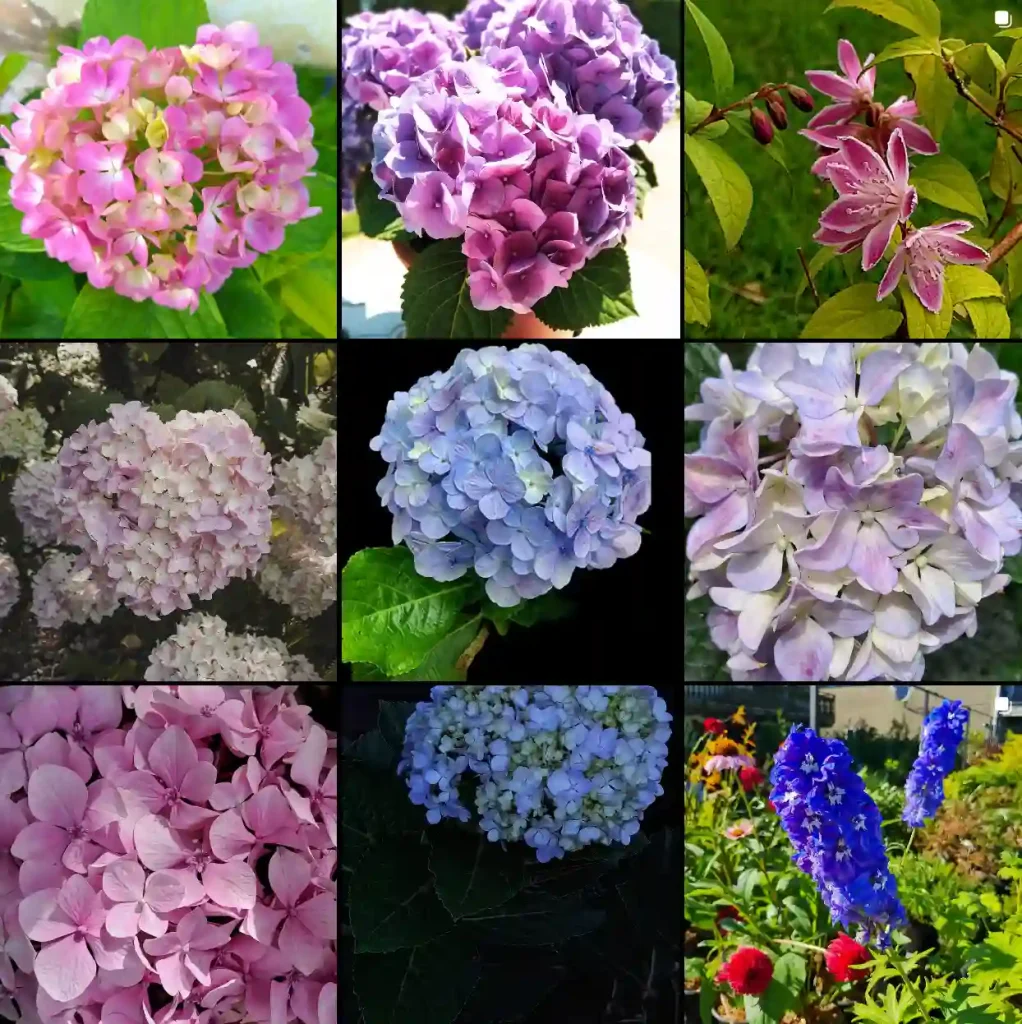Falling for Flannel Bush: My Journey with Fremontodendron
The first time I saw a Fremontodendron, I was hiking in the hills of Southern California. It was spring, and the shrub was covered in bright yellow flowers that looked like oversized buttercups. I was immediately drawn to its beauty, and I’ve been fascinated by this genus of plants ever since.
For those unfamiliar, Fremontodendron belong to the Malvaceae family, also known as flannel bush or fremontia, is a genus of three known species of shrubs native to the Southwestern United States and northwest Mexico. They’re called “flannel bush” because of the texture of their leaves – they’re covered in tiny hairs that give them a soft, fuzzy feel, almost like flannel. But be warned! While they look soft, these hairs can be irritating to the skin and eyes.
What I find most captivating about Fremontodendron is its resilience. These shrubs thrive in arid conditions, inhospitable to many other plants. They seem to laugh in the face of drought, their vibrant blooms a testament to their hardiness. This ability to flourish in challenging environments has earned them a special place in my heart, and in my garden.
A Closer Look at the Species
Let’s dive deeper into the three species that make up this captivating genus:
- Fremontodendron californicum: This is the most common species, and the one I encountered on that fateful hike. It’s native to California, as the name suggests, and can be found in a variety of habitats, from chaparral to woodlands. It typically has yellow flowers, but there are also varieties with orange and red blooms. Plant FAQs: California Flannel Bush – Fremontodendron Californicum
- Fremontodendron mexicanum: This species is native to Baja California in Mexico. It’s similar in appearance to F. californicum, but it tends to be smaller and has slightly fuzzier leaves. The flowers are typically a deep yellow, almost bordering on orange.
- Fremontodendron decumbens: This is the rarest of the three species, and it’s considered endangered. It’s native to a small area of central California and is distinguished by its prostrate growth habit, meaning it grows low to the ground. It has beautiful lemon-yellow flowers.
Why I Admire Fremontodendron
Beyond their beauty and resilience, there are several reasons why I admire Fremontodendron:
- Ecological Importance: Fremontodendron plays a vital role in its ecosystem. It provides habitat and food for a variety of wildlife, including birds, insects, and small mammals.
- Low Maintenance: Once established, Fremontodendron requires very little care. It’s drought-tolerant and doesn’t need to be fertilized. This makes it a great choice for busy gardeners like myself who want a beautiful garden without a lot of fuss.
- Versatility: Fremontodendron can be used in a variety of ways in the landscape. It can be grown as a shrub, a small tree, or even espaliered against a wall. It’s also a great choice for xeriscaping and fire-resistant landscaping.
My Experience Growing Fremontodendron
I’ve been growing Fremontodendron in my garden for several years now, and I’ve learned a few things along the way.
First, it’s crucial to provide excellent drainage. These plants are susceptible to root rot in soggy soil. I amend my soil with plenty of compost and make sure the planting site is on a slope or raised bed.
Second, while they are drought-tolerant once established, they need regular watering during their first year or two to develop a strong root system. After that, I only water them during prolonged dry spells.
Finally, I’ve found that Fremontodendron responds well to pruning. I prune mine lightly after flowering to maintain their shape and encourage bushier growth.
A Symbol of Strength and Beauty
For me, Fremontodendron represents the beauty that can be found in unexpected places. It’s a reminder that even in the harshest environments, life finds a way to thrive. It’s a symbol of strength, resilience, and the enduring power of nature.
I encourage everyone to learn more about this fascinating genus of plants. Whether you’re a seasoned gardener or just starting out, Fremontodendron is a rewarding plant to grow. And who knows, you might just fall in love with its flannel-like charm as I have.
If i die, water my plants!



